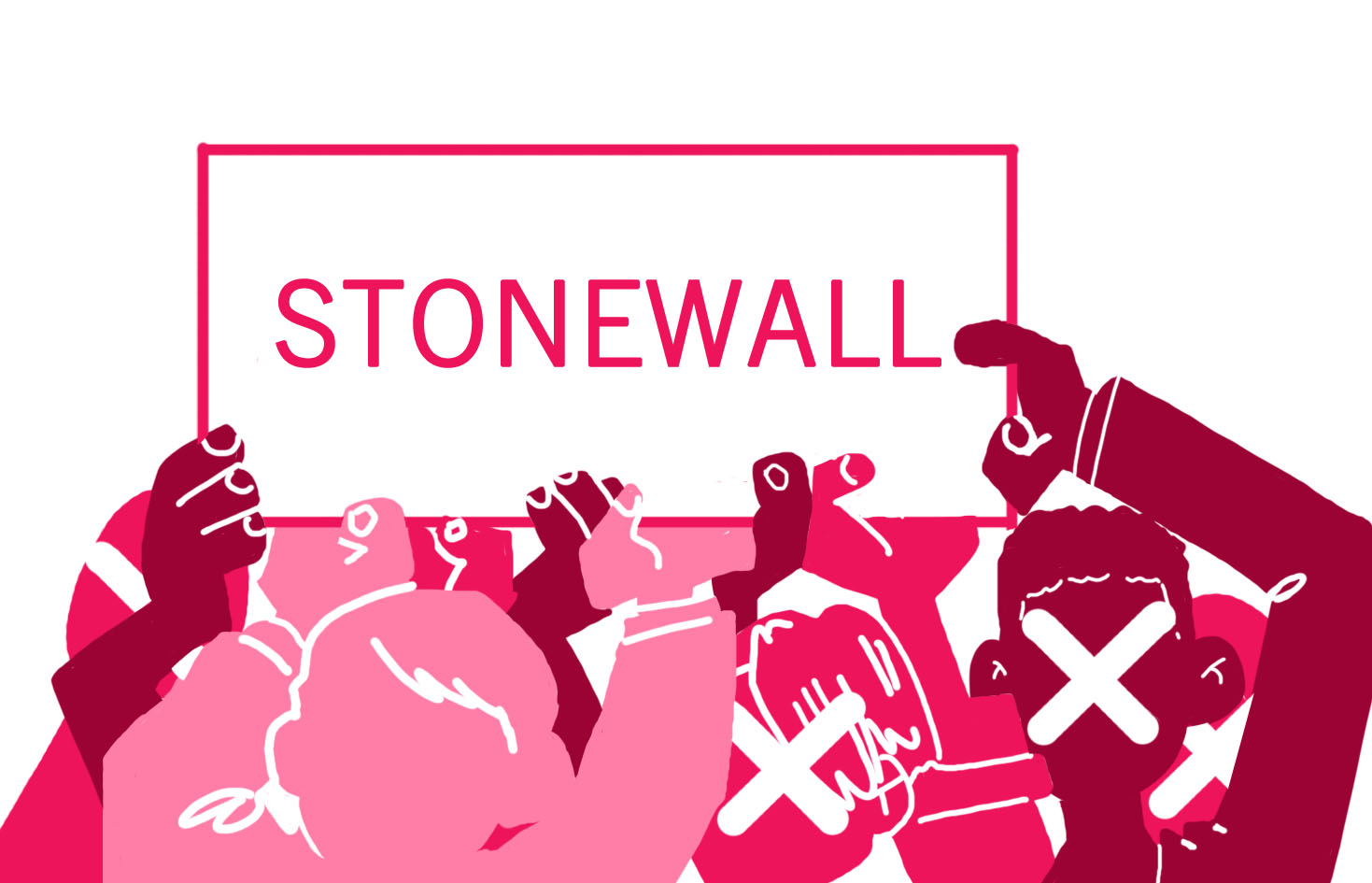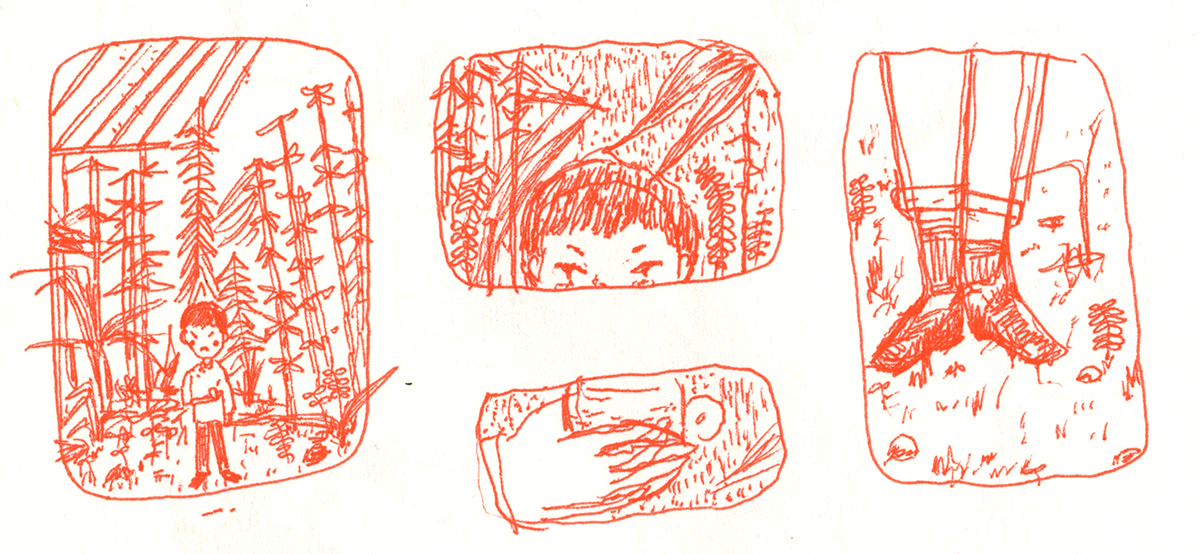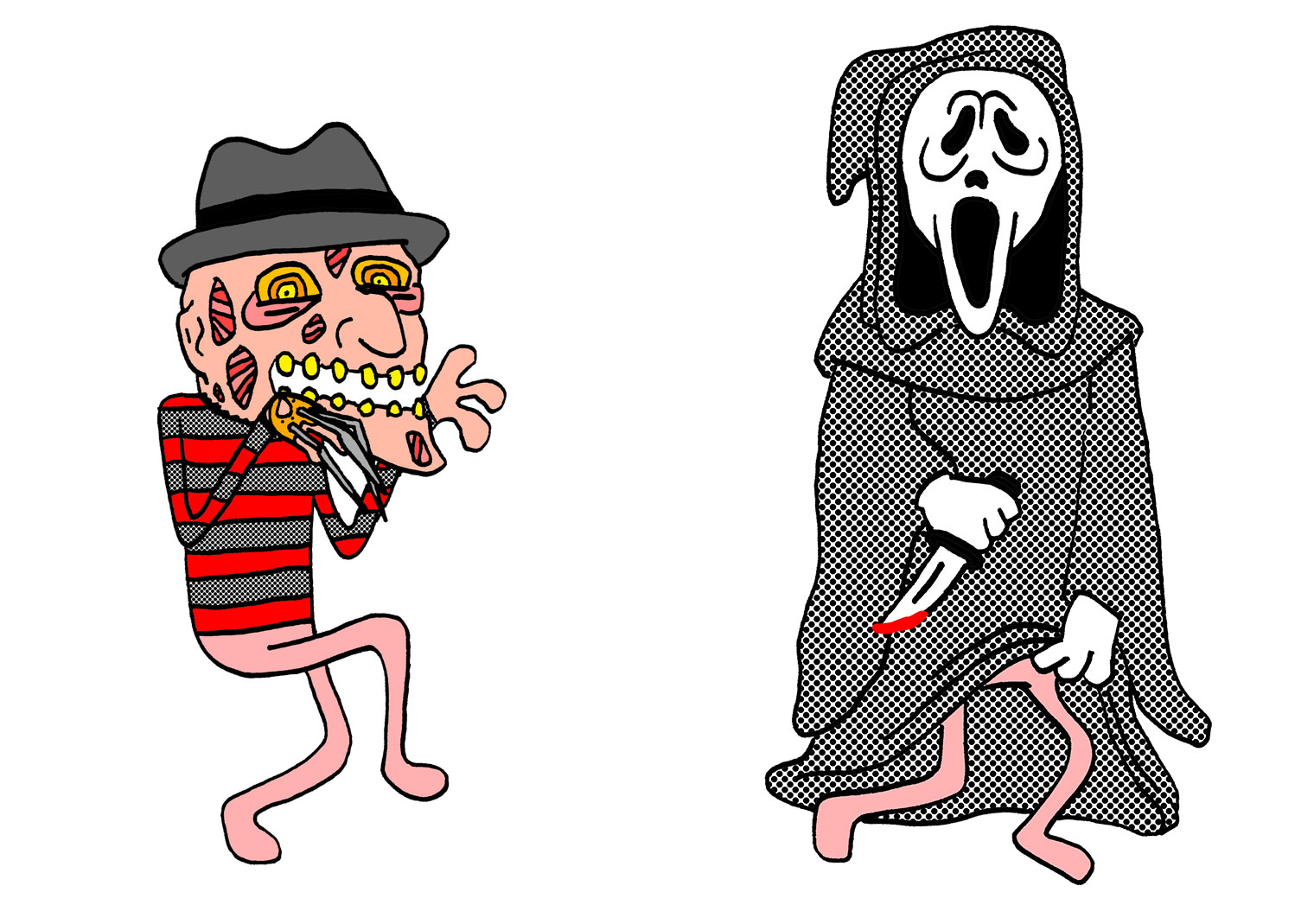
The Gay Pride Parade was just over a month ago at the time this article was written. The Blackout Pride movement sought to protest commercial corporations and retailers they believe exploit Chicago’s Boystown — Lakeview as it is officially known — population rather than give back to the Queer People of Color (PoC) community that has often been left out of America’s Queer narrative. The recent trailer for Hollywood’s, Oscar-bait retelling of gay liberation titled “Stonewall” shows the same seemingly purposeful reduction of other identities which fall into the Queer spectrum, and the disingenuous highlighting of white, gay men for marketability and return profit.
I say gay liberation purposefully because, far more than any of the other orientations and genders that fall into the spectrum now labeled Queer, gay men — especially cisgender, white gay men — were, and still are the ones who have been the most liberated. This is true despite the fact that transgender women of color and drag queens were the figures who sparked the civil revolution in 1969, a fact reimagined by director Ronald Emmerich in “Stonewall”‘s trailer. Say we were to ask the Blackout Pride organizers if they knew Queer PoCs would be given a backseat to a fictional white, gay man who is depicted as throwing the brick that started it all. They probably wouldn’t be surprised.
White, gay men have been the group most looked at by American people even before the 1969 Stonewall Protests. Negative portrayals of homosexuality predominantly depicted gay men as predators, with few homosexual women depicted in similar regards. A 1950s PSA titled “Boys Beware” is available on YouTube and there is no equivalent for lesbian women. Those figures depicted are, by conventional judgement, white. Now, even I know that’s nothing to cling to; it’s just a piece of data to show a greater trend in LGBT portrayals. During the gay liberation movement, white, gay men became the spearheads of the movement, not because they were chosen by the other identities who could benefit from liberation, but because they took the front seat. Gender queer aesthetics were pushed aside for the macho man aesthetic, lesbian women were not given major platforms in the feminist nor the gay liberation movement, and transgenders were truly, and horribly, forgotten. Bisexual and transgender men were no doubt lumped into the overarching homosexual men warned against in “Boys Beware” and were in most other representations ignored altogether. And all of this still rings true in media portrayals and representations long after the liberation movement.
The Gay and Lesbian Alliance Against Defamation (GLAAD) releases an annual report on the number of LGBT characters on Primetime broadcast television; out of 813 reported broadcast series regulars on television between 2014 and 2015, 32 were Lesbian, Gay, or Bisexual and there will be 65 announced LGBT characters altogether. Of those announced, there were 18 lesbians (28 percent), 35 gays (54 percent), 10 bisexual females (10 percent), and two bisexual males (3 percent). The diversity of those LGBT characters: 48 white (78 percent), seven black (11 percent), seven Latino/Latina (11 percent), and three Asian-Pacific Islander (5 percent).
A look at cable networks during the 2014-2015 annual report shows 64 regular LGBT characters and 105 announced characters. There will be 59 men (56 percent), one female-to-male transgender (1 percent), and 46 female (44 percent). This included 47 gays, 26 lesbians, 21 bisexual females, 10 bisexual males, and one straight male. And their racial and ethnic breakdown was 69 white (66 percent), 11 black (10 percent), 12 Latino/Latina (11 percent), five Asian-Pacific Islander (5 percent), and eight multi-racial characters (8 percent). Again, the trend falls in favor of white, gay men.
And this is just in television. Take a look at comic books, movies, music, Web series, and any other type of media, and similar trends appear.
Now that we have a little foundation, which you can find more of in GLAAD’s “Where We Are on TV” report, you can see how the erasure of Queer PoCs in the trailer for Emmerich’s “Stonewall” probably wouldn’t surprise the Blackout Pride organizers. It, unfortunately, didn’t surprise me either, but that doesn’t mean I wasn’t upset or outraged. And if my rather subdued outrage doesn’t convince you that this is one of the biggest missteps to take place in the publicity for an LGBTQ portrayal, check out Twitter to see the number of hashtags baring #boycottStonewall, #notourStonewall.
Our history was built on the backs of people who are frequently erased by others in the community and by people looking to benefit from our narrative. All intentions aside, the simple fact is that rewriting history and taking credit from the true revolutionaries in favor of a fictional, original character is, at best, in bad taste; and at worst incredibly insulting. The white, gay lead isn’t even a real figure they could tie to history, but rather an abstract character which seems to suggest that the casting director and director believed his whiteness and gayness is more compelling to the audience than a closer retelling. History remembers Marsha P. Johnson, Sylvia Rivera, Stormé DeLarverie, Miss Major Griffin Gracy, were gender-deviating drag queens and kings, lesbians, and women of color. Hollywood, however, doesn’t seem to.
This is the story of every queer person including gay, lesbian, bisexual, trans, and all others who fall under our incredibly long, difficult-to-remember, but important, and embracing acronym LGBTQUIAAP. It’s not the story of a fictional cisgender character who would be the perfectly cute, blonde haired, blue eyed, bait to fill seats in movie theatres. To be fair, this is only a trailer: A fraction of the entire movie but marketing is more than half of the fight, especially in a world where word of mouth is Twitter or Facebook status away. Losing the respect of and alienating a rather healthy portion of your primary audience is not compelling and won’t get patrons into seats.







